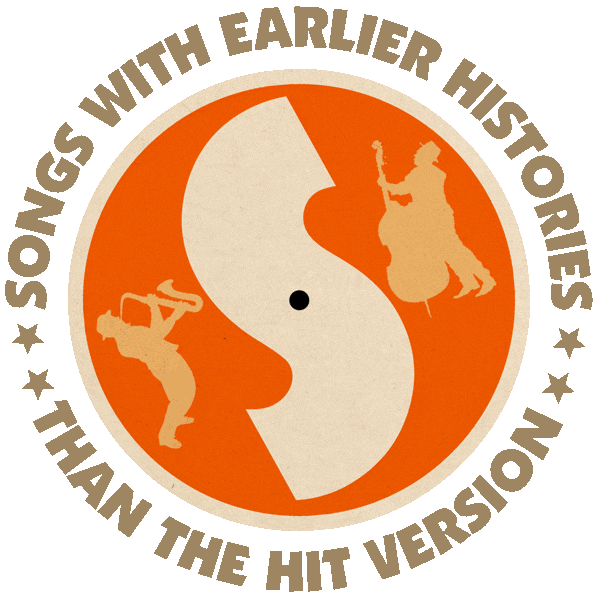First recorded (as a B-side) by Bobby Day (US #41/R&B #1 1958).
Also recorded by Thurston Harris (US #96 1958).
Other hit version by The Dave Clark Five (US #1/UK #45 1965).
Also recorded by The Righteous Brothers (1965).
From the wiki: “‘Over and Over’ was written by Robert James Byrd and was recorded by him in 1958 using his stage name, Bobby Day (a name he earlier used when a member of the original ‘Bob & Earl’ duo until parting ways in 1957). Day’s version entered the Billboard Hot 100 in 1958, first as the B-side to the hit single ‘Rockin’ Robin’ and, soon after, as an A-side, the same week a version of the same song by Thurston Harris (who had covered Day’s ‘Little Bitty Pretty One‘ the previous year with chart success) entered the chart. Day’s version would reach #41 on the Hot 100 but would top the R&B chart; Harris’ single peaked on the Hot 100 at #96.

